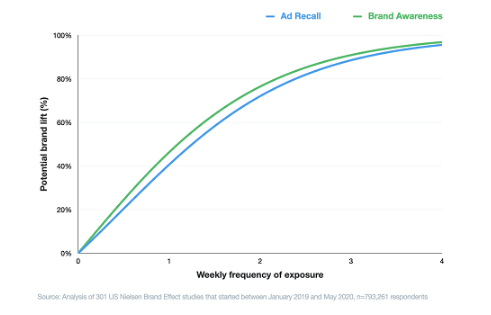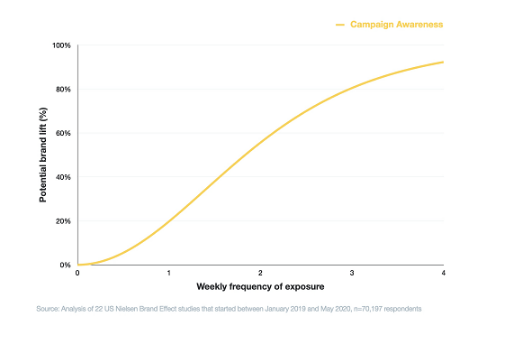Twitter: Frequency Capping Available for All Ad Campaign Types
Amy Harrison
|
/home/dmc/public_html/wp-content/themes/DMC/single-news.php on line 24
https://www.digitalmarketingcommunity.com/news/?newstype=">Branding
We can see that Twitter has added a new control option for marketers by making frequency capping available for all campaign types worldwide.
Twitter’s Frequency Capping:
In light of twitter’s frequency capping, Twitter explains:
“Marketers know one key component of campaign success is effective audience reach. That’s why we are introducing frequency caps for ads on Twitter globally. Whether it’s brand lift or offline sales impact, frequency caps allow advertisers to optimize campaigns to deliver efficient business outcomes through better control over impression delivery and audience reach over extended periods of time.”
Talking more about frequency capping, it enables you to set a limit on how many times each user is shown your ad within a given time frame.
Moreover, Twitter says that for “upper-funnel brand metrics”, when your target consumers are in the interest/awareness stage, up to 80% of the overall impact on Ad Recall and Brand Awareness happens within the first two exposures, per week, of a campaign.

However, when you move beyond that and look to target people in the decision and action stages, you need to up your ad exposure in order to maximize response.

Actually, that makes sense, when initially looking to establish brand recognition, pushing your ads too much could lead to fatigue, as your target consumers may feel like you’re overdoing it, however, once they’ve shown clear interest, and your products are in front of mind, maintaining that connection could help to nudge their decision making when done right.
Moreover, frequency capping gives marketers more options on this front, it enables you to control how often your ads are shown to each user within your campaigns. This helps to limit your exposures to early-stage groups, then up it once you establish that initial interest (whether via conversion tracking tags on our website or even your own internal metrics).
It is a good option to have, it provides more capacity to manage your Twitter ads, in alignment with your specific requirements.
For more information about Twitter ads frequency caps click here.
Warning: Undefined array key "sidebar_ads" in /home/dmc/public_html/wp-content/themes/DMC/functions/helpers.php on line 824


